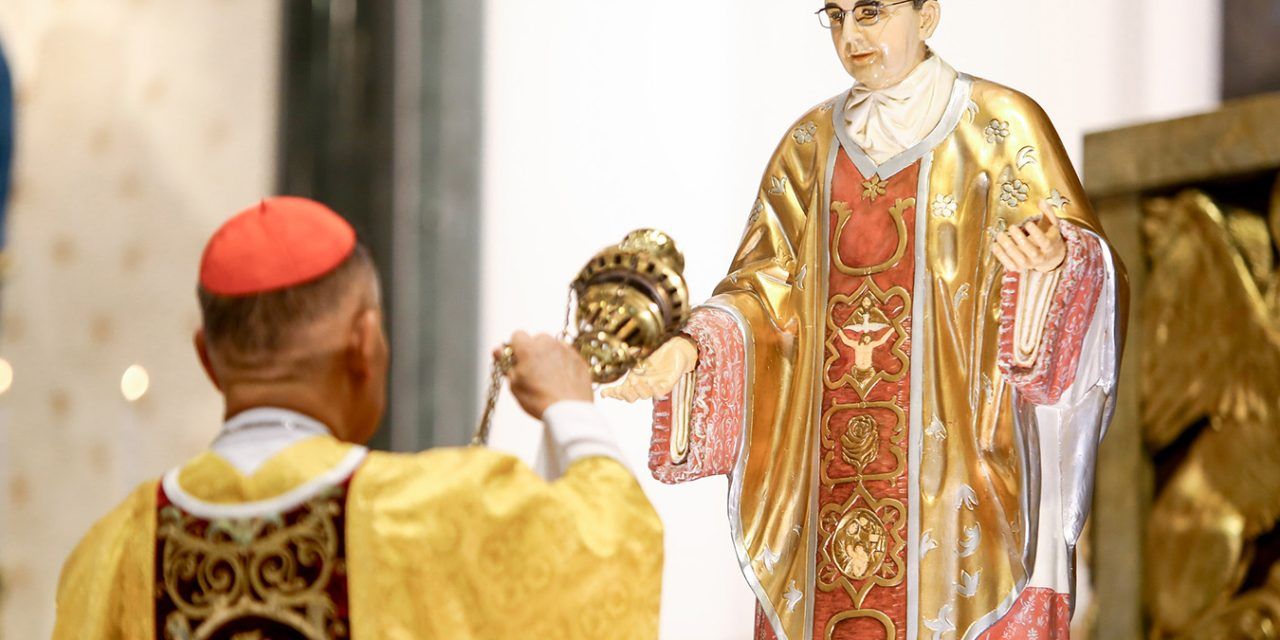
What is a prelature? A prelature is a type of ecclesiastical jurisdiction in the Catholic Church. It is led by a prelate, who can be a bishop or a priest. Prelatures are designed to address specific pastoral needs or missions that go beyond the boundaries of traditional dioceses. Personal prelatures are unique because they focus on people rather than geography. Opus Dei is the most well-known example of a personal prelature. Established by Pope John Paul II in 1982, it aims to help laypeople seek holiness in their everyday lives. Prelatures can also be territorial, covering specific regions. Understanding prelatures helps grasp the Church's structure and its efforts to meet diverse spiritual needs.
What is a Prelature?
A prelature is a jurisdictional entity within the Catholic Church. It is led by a prelate, who is usually a bishop. Prelatures can be territorial or personal, depending on their scope and the people they serve.
- Prelature comes from the Latin word "praelatura," meaning the office or jurisdiction of a prelate.
- Prelatures can be established by the Pope to address specific pastoral needs.
- The most well-known personal prelature is Opus Dei, founded in 1928 by St. Josemaría Escrivá.
- Territorial prelatures are similar to dioceses but usually cover regions with fewer Catholics.
- Personal prelatures serve specific groups of people, regardless of where they live.
Historical Background of Prelatures
Prelatures have a rich history within the Catholic Church. They have evolved to meet the changing needs of the faithful.
- The concept of prelatures dates back to the early centuries of Christianity.
- Initially, prelatures were established to manage remote or newly evangelized areas.
- Over time, the role of prelatures expanded to include specialized pastoral care.
- The Second Vatican Council recognized the importance of personal prelatures in the modern Church.
- Today, prelatures continue to adapt to the needs of the global Catholic community.
Types of Prelatures
Prelatures can be categorized into different types based on their scope and purpose. Understanding these distinctions helps clarify their roles within the Church.
- Territorial Prelatures: These cover specific geographic areas, often in mission territories.
- Personal Prelatures: These serve specific groups of people, regardless of location.
- Military Ordinariates: These are a type of personal prelature serving military personnel and their families.
- Apostolic Administrations: These are temporary prelatures established to manage dioceses in transition.
- Abbatial Prelatures: These are led by abbots and often associated with monastic communities.
Notable Prelatures Around the World
Several prelatures have gained prominence due to their unique missions and contributions to the Church.
- Opus Dei: The most famous personal prelature, known for its emphasis on lay spirituality.
- Prelature of Yauyos: A territorial prelature in Peru, known for its missionary work.
- Military Ordinariate of the Philippines: Provides pastoral care to the country's armed forces.
- Prelature of Marajó: Located in Brazil, focuses on serving the indigenous population.
- Prelature of Trondheim: A territorial prelature in Norway, serving a small but vibrant Catholic community.
Final Thoughts on Prelature
Prelature, a unique ecclesiastical jurisdiction, offers fascinating insights into the Catholic Church's structure. Unlike dioceses, prelatures focus on specific missions rather than geographic areas. This allows them to address particular needs within the Church. For instance, Opus Dei, the most well-known personal prelature, emphasizes the sanctification of work and daily life.
Understanding prelature helps appreciate the Church's adaptability and commitment to addressing diverse spiritual needs. These facts highlight the Church's efforts to reach people in various contexts, ensuring that faith remains relevant and accessible.
By learning about prelature, one gains a deeper appreciation for the Church's organizational complexity and its dedication to serving its followers. This knowledge enriches one's understanding of how the Church operates and its ongoing mission to support and guide its members worldwide.
Was this page helpful?
Our commitment to delivering trustworthy and engaging content is at the heart of what we do. Each fact on our site is contributed by real users like you, bringing a wealth of diverse insights and information. To ensure the highest standards of accuracy and reliability, our dedicated editors meticulously review each submission. This process guarantees that the facts we share are not only fascinating but also credible. Trust in our commitment to quality and authenticity as you explore and learn with us.


